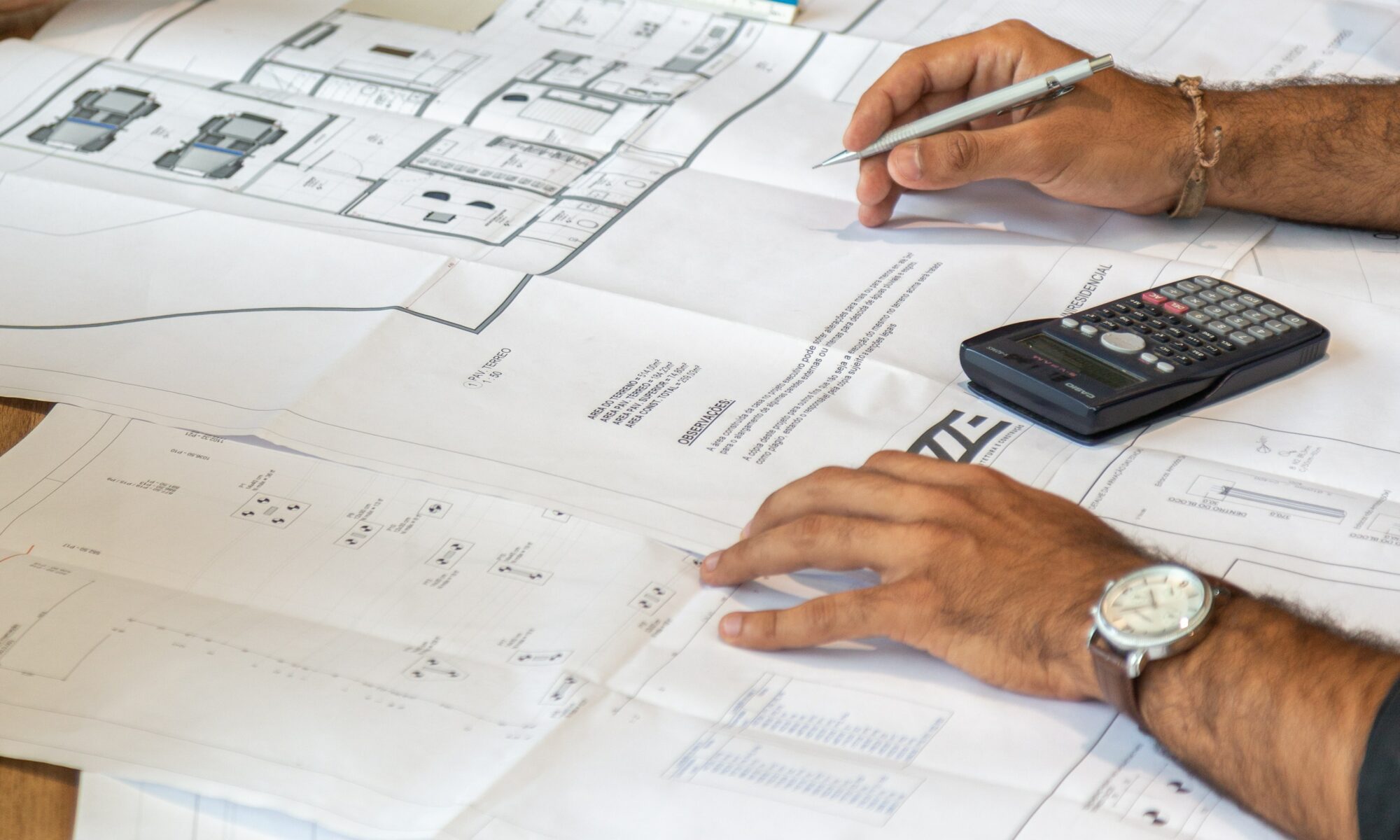Embarking on a construction project in Indonesia is an exciting endeavor, but it comes with the crucial step of obtaining a building permit. Navigating the permit process can be complex, but with the right knowledge and preparation, you can ensure a smooth journey from application to approval. This guide will provide you with a step-by-step overview of how to submit a building permit application in Indonesia.
Step 1: Understand Local Regulations
Before you start the permit application process, it’s essential to familiarize yourself with the specific building regulations in the locality where your project will be situated. Different regions may have distinct requirements and guidelines. The local government or municipal office is typically the primary source for this information.
Step 2: Engage a Professional Consultant
Engaging a professional consultant, such as an architect or a civil engineer, is highly recommended. They are well-versed in the local building codes and can assist you in preparing the necessary documents and plans for the permit application.
Step 3: Compile Required Documents
Gathering the required documentation is a critical step. Here is a list of common documents needed for a building permit application in Indonesia:
- Architectural Drawings: Detailed plans and elevations of the proposed structure, showing dimensions, materials, and construction methods.
- Structural Drawings: These detail the structural elements of the building, including foundation, columns, beams, and roof structure.
- Mechanical, Electrical, and Plumbing (MEP) Plans: These plans outline the building’s electrical, plumbing, and HVAC systems.
- Soil Investigation Report: This report provides information about the soil conditions at the construction site, which is crucial for structural design.
- Land Ownership Documents: Proof of land ownership or land rights is typically required.
- Environmental Impact Assessment (if applicable): For projects with potential environmental impact, an assessment may be required.
- Any Other Relevant Permits: Depending on the nature of the project, additional permits may be necessary, such as environmental or zoning permits.
Step 4: Application Submission
Submit your application to the local government or municipal office responsible for building permits. This process may vary slightly depending on the locality, but generally involves submitting physical copies of the required documents along with the completed application form. Some areas may also offer online submission options.
Step 5: Review and Approval Process
Once the application is submitted, it undergoes a thorough review process by the local authorities. They will assess the plans to ensure they comply with local building codes, zoning regulations, and environmental standards.
Step 6: Respond to Feedback (if necessary)
It’s common for the reviewing authority to provide feedback or request revisions to the submitted plans. Your consultant can assist in addressing any concerns raised by the authorities.
Step 7: Receive the Building Permit
Once the plans meet all the requirements and the authorities are satisfied, you will be issued the building permit. This document grants you legal permission to commence construction.
Conclusion
Obtaining a building permit in Indonesia involves careful planning, documentation, and adherence to local regulations. Engaging professional consultants, understanding local requirements, and submitting a comprehensive application are key steps in the process. With proper preparation and due diligence, you can navigate the permit process smoothly and embark on your construction project with confidence.


